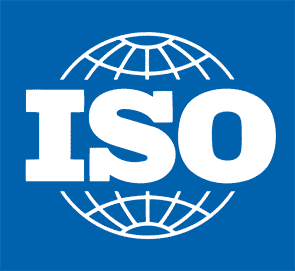Complaint Management .
In ISO 13485:2003, complaint handling was included in “Comments from product recipients” and “Improvements”, but in ISO 13485:2016, it was made independent with a bullet as “8.2.2 Complaint handling”.
ISO 13485:2016 has also become more detailed with respect to complaint handling.
A clear distinction is made between “correction” and “corrective action. This is because there are many cases of confusion between correction and corrective action, both domestically and internationally.
Information from service reports (repair reports) was also included in the complaint process.
ISO 13485:2003 required a principle “CAPA” for all complaints, but this clause was removed in ISO 13485:2016. This is because if a CAPA is raised for all complaints, the manpower of the quality assurance department and other departments would be insufficient, and as a result, important capacities would be put on the back burner .
Furthermore, it requires, in principle, that all complaints be “investigated.
Definition of Complaint
Many companies refer to “complaints” in their QMS as “claims” instead of “complaints,” but this is not correct.
In ISO 13485:2016, the definition of complaint was significantly revised, changing from “customer complaint.”
3.4 complaint
Identity, quality, durability, and reliability of medical devices released from the organization’s control, usability, safety or performance, or related to services affecting medical device performance. Written, electronic, or oral communication to complain of a defect.
One of the most common problems that the author experiences in his consultations is that many complaints are limited to the warranty period (e.g., one year of free repairs). Whether a failure is repaired for a fee or free of charge is completely irrelevant to complaint management.
This is why “durability” is included in the definition. If the specifications of the equipment state a useful life, any failure within that useful life must be treated as a complaint.
In the past, complaints could be dismissed as “specifications,” but now that the definition of “complaint” includes “usability” (i.e., ease of use), complaints can also include allegations of “difficulty in using” (e.g., “it’s hard to use”). However, the definition of “complaint” now includes “usability” (i.e., ease of use).
It should be noted that medical device companies should transcribe this ISO 13485:2016 definition of complaint directly into their QMS and not create their own interpretation or definition. If they have a definition that differs from this definition of complaint, it is recommended that they review it as soon as possible.
Note that this definition of “complaint” is different from the ISO 9000:2015 definition.
Complaint Management Requirements in the FDA QSR
The FDA QSR has more detailed requirements for complaint management.
Particularly with regard to complaints, they must be investigated in detail.
For example, the following items are mandatory in a complaint investigation
- Name of equipment
- Date complaint received
- unique device identifier (UDI) or universal product code (UPC) and other identification and control numbers of the equipment used
- Name, address, and telephone number of the complainant
- Nature and details of the complaint
- Date and results of survey
- Corrective actions taken; and
- Responses to complainants
It is unacceptable that the serial number or other information of the medical device in question is unknown during the investigation of a complaint. This is because it would mean that the investigation is insufficient. Generally, if the serial number is not known, it is not possible to refer to the manufacturing specifications or design specifications at the time of manufacture of the article in question, and it is not possible to determine the cause of the failure.
Note that the “name, address, and telephone number of the person who made the complaint” refers to the end user, not to the sales company or distributor.
In other words, they are required to investigate even the name and phone number of the complainant of a medical institution or other end user.
Even if the response is given orally, the “response to a complainant” must be documented and kept in writing. The reason for this is that even if the response is given orally, the results of the company’s investigations and observations are appropriately described, and the respondent must respond in accordance with the document.
related product
[blogcard url=https://xn--2lwu4a.jp/qms-md/ title=”QMS(手順書)ひな形 医療機器関連” ]]]>


Comment